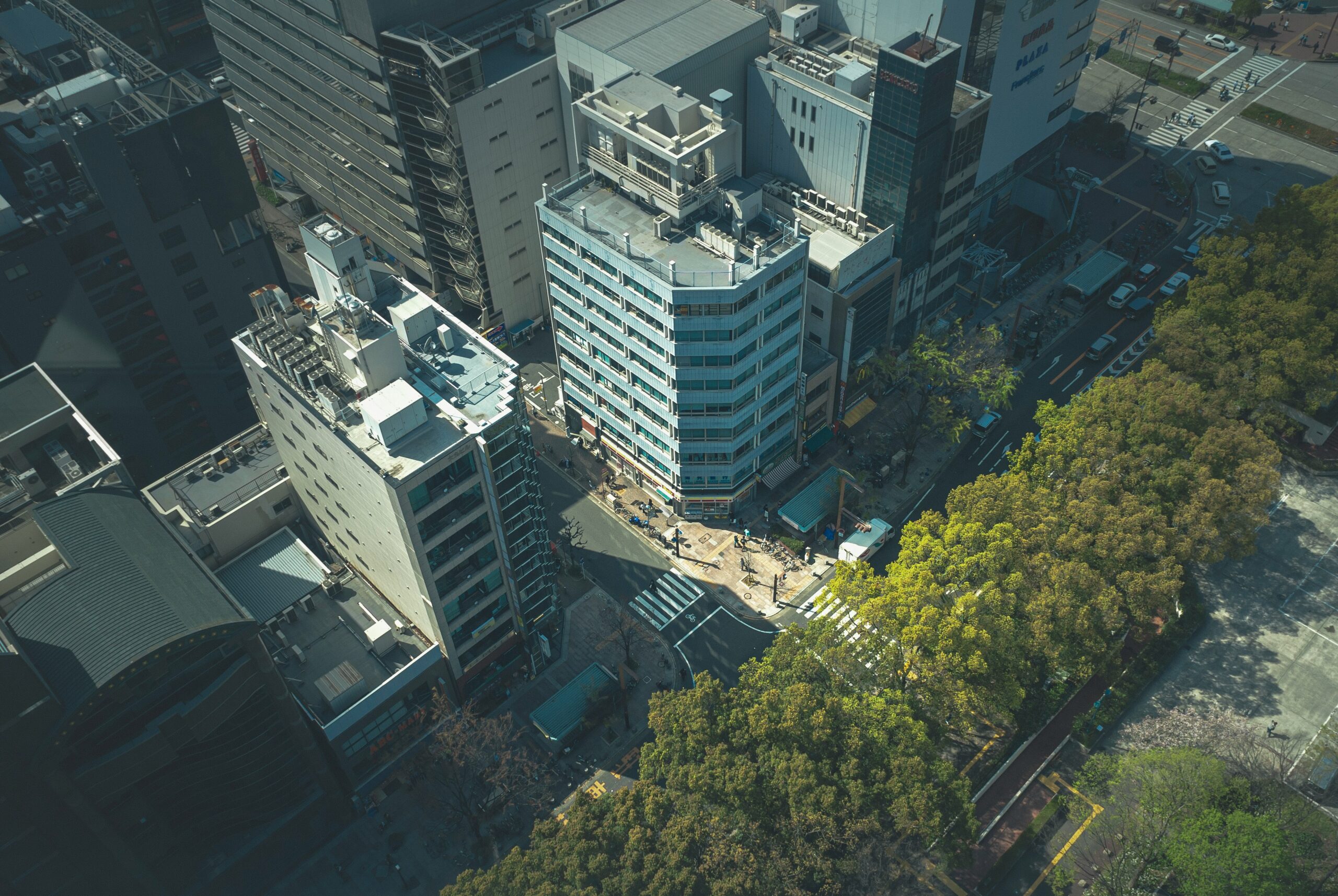Urban trees and their influence on our mortality

A long-term Swiss study shows that it is not just the number of trees in cities that can increase our life expectancy, but above all their intelligent arrangement. Particularly in densely built-up neighbourhoods, well-connected tree areas act as a protective shield against disease-related deaths, with clear consequences for urban planning in the future.
Trees are more than just decorative street furniture, they are health-relevant infrastructure. A comprehensive study by ETH Zurich and the National University of Singapore analysed the relationship between the distribution of trees in the vicinity of residential buildings and the mortality rate of over six million people in Switzerland over a period of ten years. The result: the better connected trees are, the lower the risk of dying from natural causes, especially in densely populated neighbourhoods.
It’s not the number, but the interconnectedness that counts
The researchers used high-resolution data on tree crowns, which contained information on the shape, size and spatial arrangement of the tree areas. These were compared with mortality rates, taking into account age, gender and socio-economic status. The analysis shows that large, contiguous green spaces have a significantly more positive effect on health than fragmented, irregular groups of trees. The effect is particularly strong in neighbourhoods with heat islands or poor air quality.
New impetus for urban development
The study thus provides a concrete call to action for cities. Instead of planting isolated trees, planners should create green networks, such as tree avenues or green corridors. These not only have a microclimatically stabilising effect, but also invite active use by the population. Geometrically clearly structured areas could be more effective than irregular greenery.
Still at the beginning with potential
Despite the robust database, many questions remain unanswered. For example, there are currently no reliable threshold values that can be directly translated into planning guidelines. Individual factors such as pre-existing conditions or people’s behaviour have also not yet been fully taken into account. Nevertheless, it is clear that urban greenery has an impact and, if cleverly designed, can make a measurable contribution to public health.